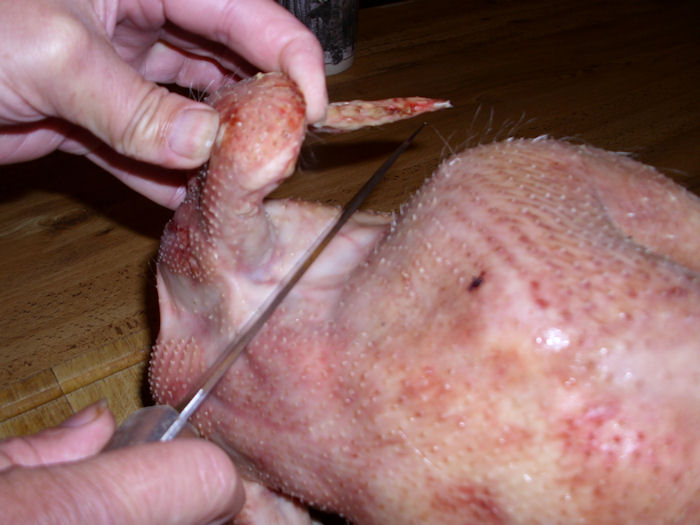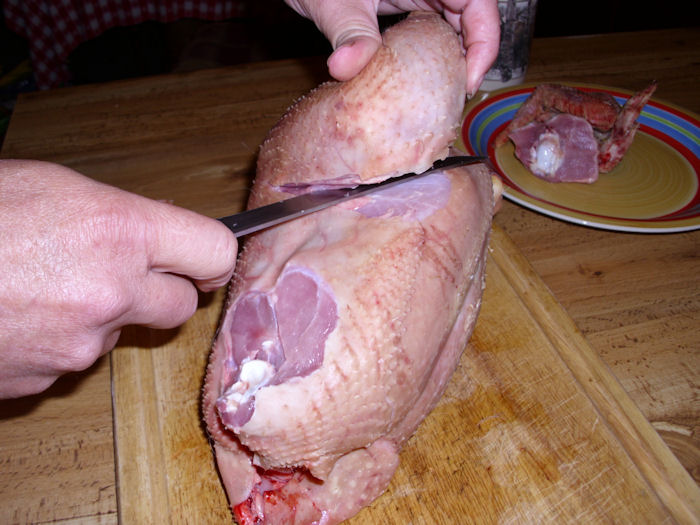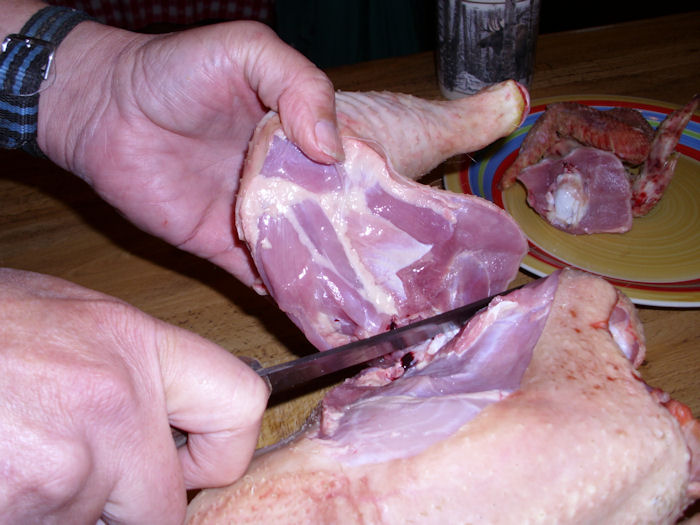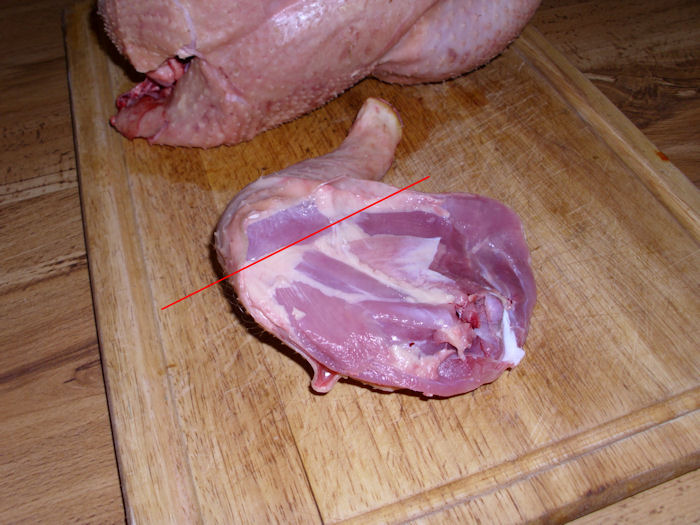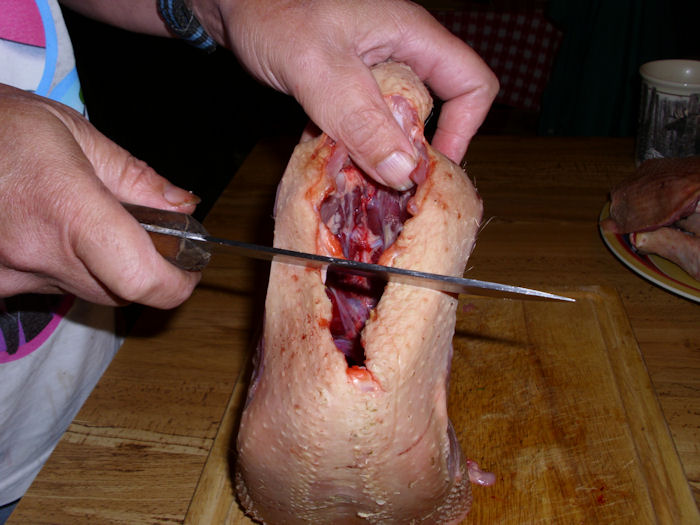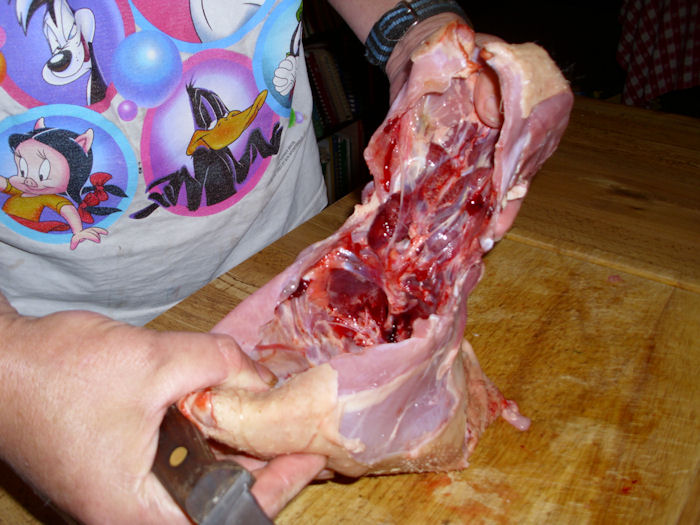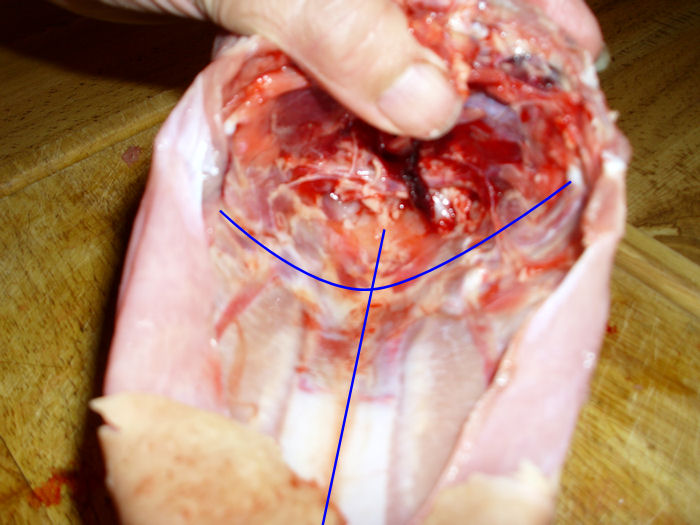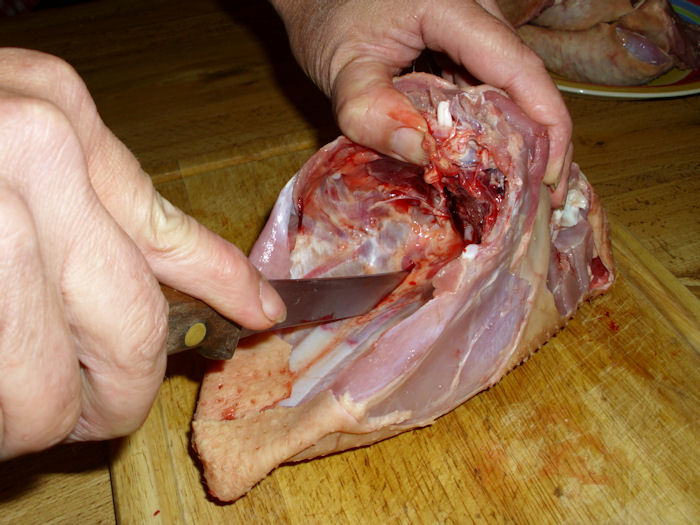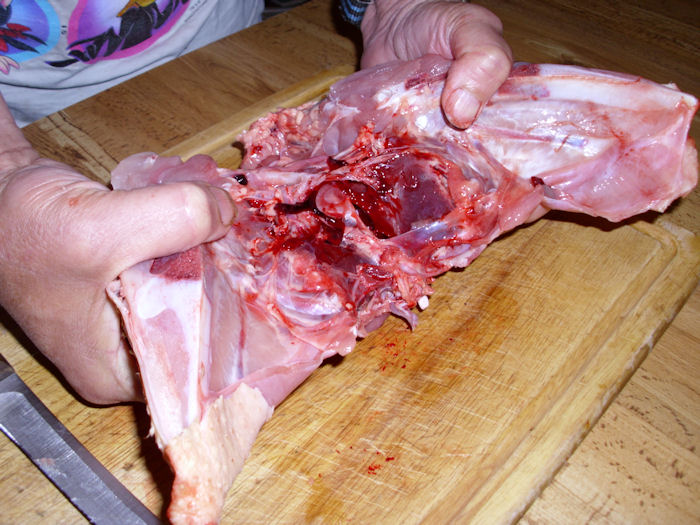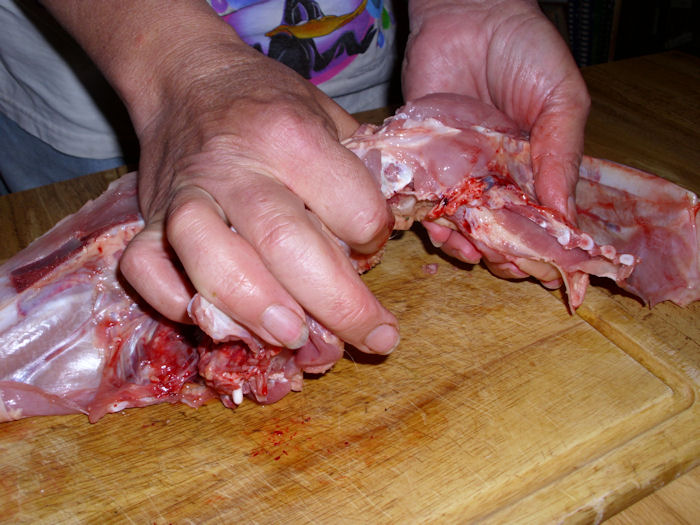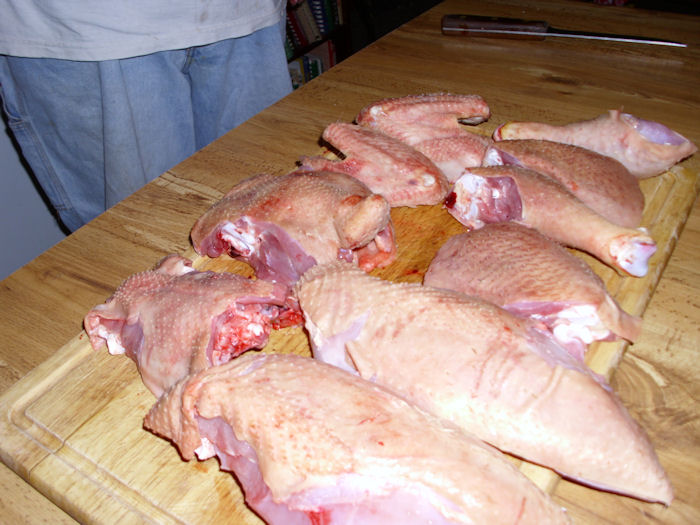For a while, it seemed as if 3D printing would take the world by storm and that we’d all have 3D printers in our homes pumping out anything we needed. However, since my last article on the topic, 3D Printing Done Faster and Better, the number of articles about 3D technology have decreased noticeably. In fact, the trade press has been a lot quieter on the topic, which makes some people wonder whether 3D printing is actually a fad. The problem with much of the new technology that becomes available is that people initially think there are all sorts of uses for it, but then discover that those uses aren’t practical or that they’re too expensive, and they end up dropping the technology (rather than revise their vision).
You can still find some fanciful uses for 3D printers. For example, the Washington Post recently ran an article recently ran an article on how 3D printers can change the presentation of food. The idea is that you really can have the food presented in a manner that is both pleasing and unique. The idea is to make food in unusual shapes, sizes, and colors, so that it appeals to a larger group of people. However, the original vision was to combine ingredients to actually make the food—this application scales the idea down to a more practical level.
It also looks like 3D printing will see practical use for various higher end needs that aren’t quite professional, but are out of reach of the home owner. Think of printers like the da Vinci 1.0 Pro 3D as a middle ground for experimenters (see the ComputerWorld review). The price is out of reach for the general consumer, but definitely within the range for experimenters and early adapters. Again, the vision is scaled down, more practical, and infinitely more usable.
The military is also using 3D printers to perform practical tasks. Having been a sailor myself, I can tell you without reservation that I would have loved to have been able to print some of the items I needed. Waiting to get back to port before I could even order parts meant serious delays and downed equipment. Imagine having the ability to print a new drone or other needed items while out to sea, rather than waiting for a supply ship or in port visit.
Of course, the medical and other high end uses for 3D printing continue to evolve. For example, 3D printed hands are becoming ever more usable. Expect to see all sorts of new medical uses for 3D printing evolve because humans are notoriously difficult to fit. I envision a day when it becomes possible to print just about any body part needed in the right size, color, shape, and characteristics. New printing strategies may even make the use of organ replacement drugs a thing of the past.
The point is that 3D printing is expanding, growing better, becoming more practical, and still evolving. Yes, you might eventually have one in your own, but don’t expect it to happen anytime soon. Practical uses for 3D printing are becoming more common. Until 3D printing becomes a must have technology for industry, science, military, medical, and other industries, the price won’t come down enough for the home user. To answer my initial question, 3D printing is becoming more practical tool than an interesting new technology, which is why you hear a lot less about it today. Let me know your thoughts about 3D printing at [email protected].

